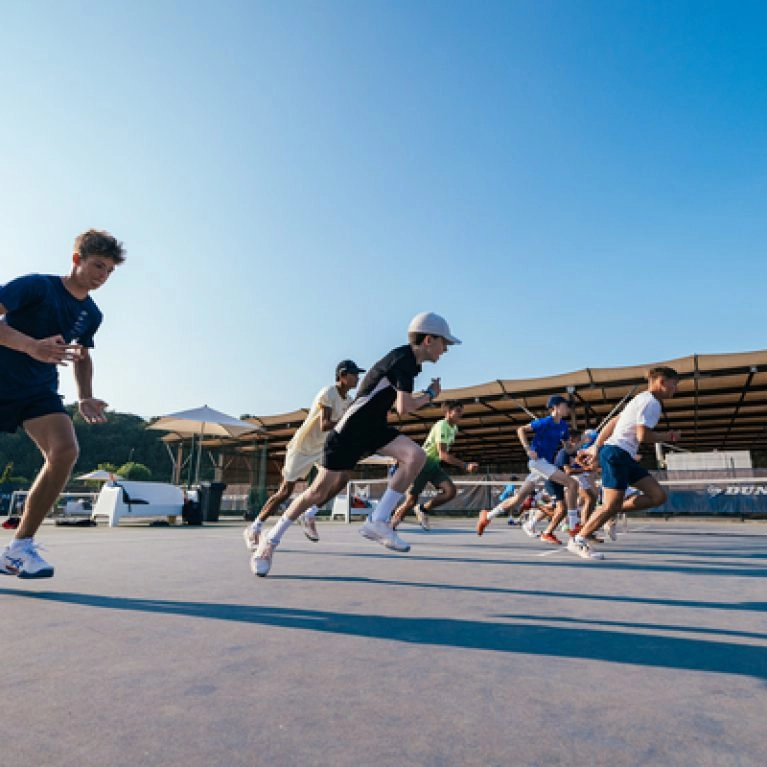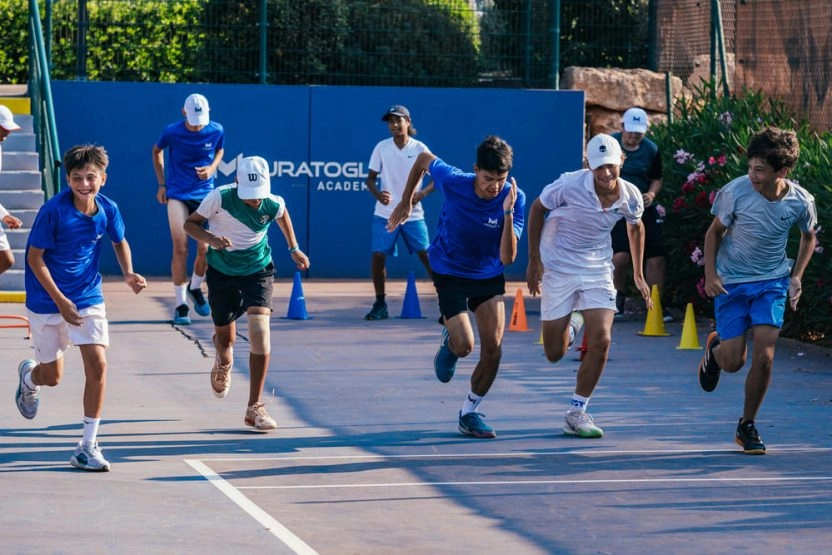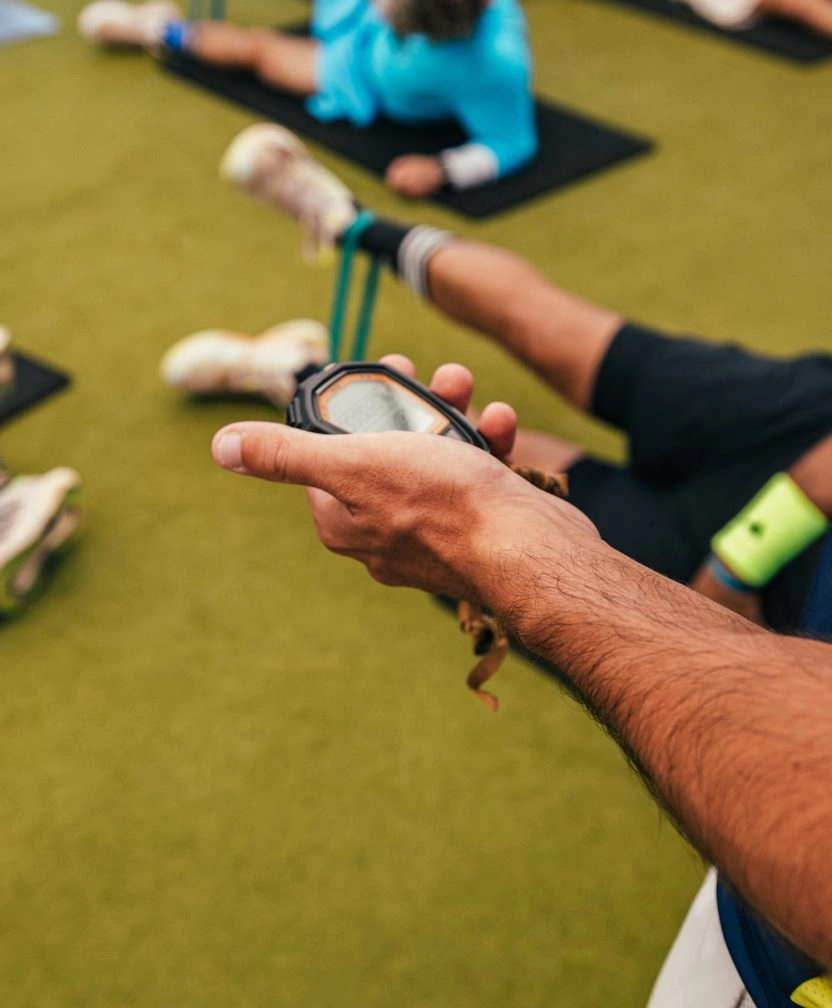1. High intensity intervals (HIIT)
High-intensity interval training, or HIIT, is a highly effective method of working on VMA. It involves alternating phases of sprinting or fast running with periods of active recovery (walking or jogging). Example of a HIIT exercise : Run for 30 seconds at 100% of your VMA, followed by 30 seconds of active recovery. Repeat this exercise 10 to 12 times. The aim is to maintain a high speed during each sprint, while recovering sufficiently to start again at full intensity.














